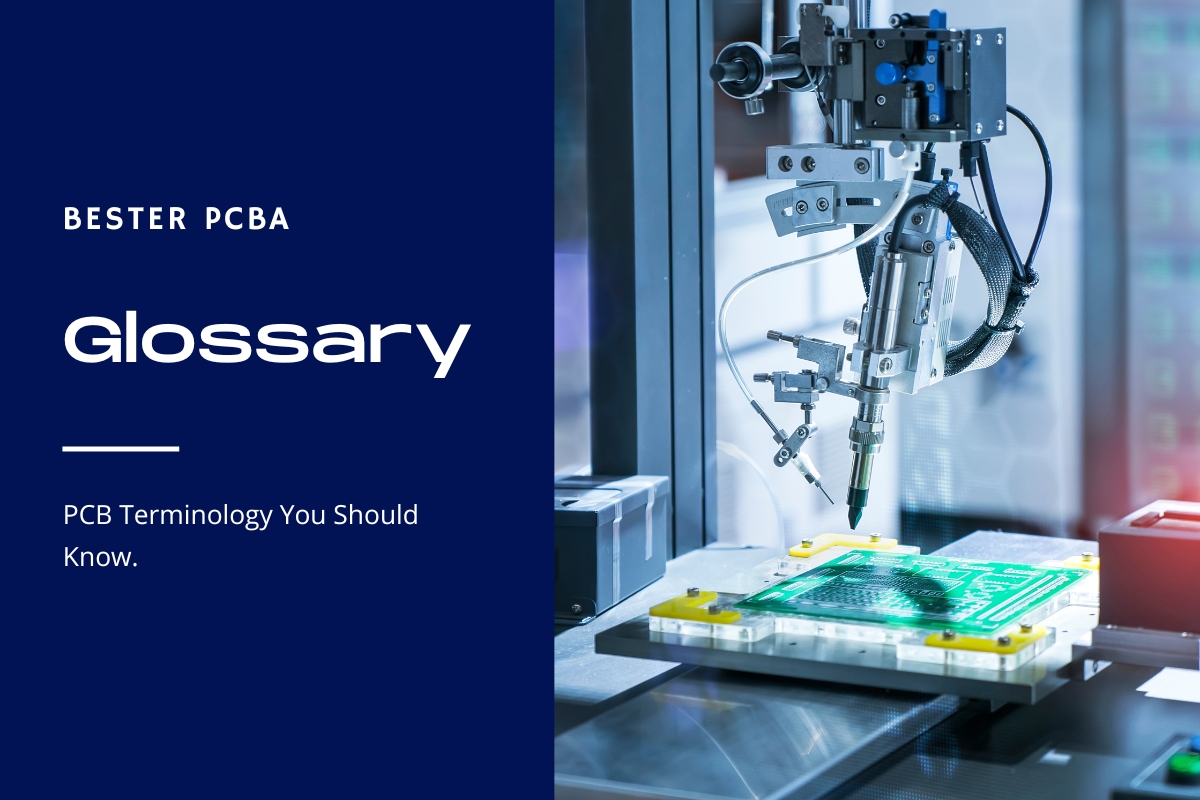What is Turnkey Service
Turnkey Service refers to a comprehensive solution provided by a supplier or manufacturer that handles all stages of the PCB assembly process. This includes sourcing components, prototyping, design assistance, assembly, testing, obsolescence management, and aftermarket services. It provides convenience, efficiency, and quality by handling the entire production process, from component sourcing to assembly and testing.
With turnkey service, the supplier takes on the responsibility of managing every aspect of PCB production, allowing the buyer to focus on their core competencies. The supplier handles the procurement of components, ensuring that all necessary parts are sourced and available for assembly. They also provide design assistance, helping the buyer develop plans and parts lists to meet their project goals.
Once the components are sourced, the supplier takes care of the assembly process, ensuring that the PCBs are manufactured to the required specifications. They also conduct thorough testing to ensure the quality and functionality of the PCBs. In addition, turnkey service providers offer obsolescence management, helping to address any issues related to outdated or discontinued components.
Furthermore, turnkey service includes aftermarket services, such as inventory management and shipping. Suppliers can provide these additional services, allowing buyers to conveniently ship in materials, check inventory, and create products.
Frequently Asked Questions
Is PCB Mechanical or Electrical
Granted, there are PCBs that are highly intricate and require the expertise of an electrical engineer. However, the PCB layout itself is primarily a mechanical aspect that can be effectively handled by a mechanical engineer who possesses a solid understanding of ECAD tools and the overall design process.
Why Is PCB Assembly So Expensive
Lead-free processing in PCB assembly requires the utilization of advanced soldering systems and skilled engineers, resulting in increased costs. The expense of the PCB assembly quote can be attributed to the inclusion of fine pitch and leadless components, as these necessitate specialized assembly processes and inspection techniques.
What Is the Cheapest PCB Finish
“Hot Air Solder Leveling (HASL)” is considered the most cost-effective PCB surface finish option. It is readily accessible and offers great affordability. This method involves immersing the board in molten solder and subsequently leveling it with a hot air knife.
What Is the Cheapest Way to Make PCB
1 and 2 layer boards are the most commonly produced custom PCBs and are generally the most cost-effective option. Opting for a 2 layer board that is double the size of a similarly functioning 4 layer board is often a more economical choice. Additionally, FR4 laminated fiberglass is the most commonly used and affordable material for PCBs.






